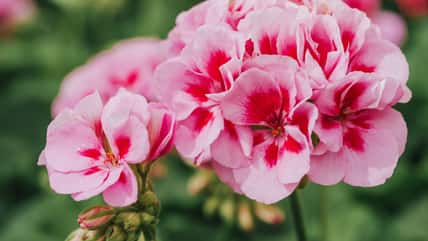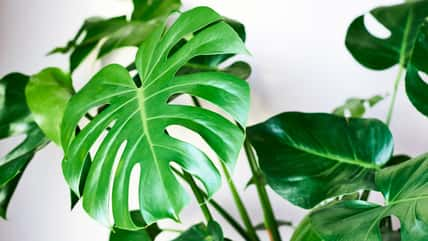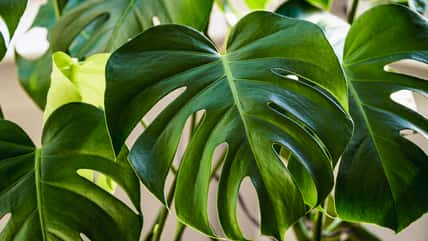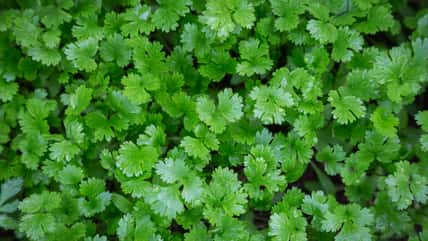Your Hummingbird Feeder Is Prone To Growing Mold And Bacteria, And Here’s How To Tell When To Clean It So You Can Keep Your Fine Feathered Friends Healthy

It’s always such a delight to watch hummingbirds as they eat. Their shimmering feathers and remarkable speed and agility never cease to fascinate us. So, it isn’t a mystery as to why people want to attract them to their properties.
Hummingbird feeders are an effective way of observing the tiny birds up close. Simply fill the feeder with sugar and water to make homemade nectar, and watch them drink up!
Obviously, keeping your feeder full is a vital aspect of attracting hummingbirds. Despite their small size, they can eat quite a lot.
According to the National Audubon Society, hummingbirds eat half their body weight in bugs and nectar every day.
However, cleaning your feeders is just as important as filling them up. Not only are hummingbirds more likely to visit a clean feeding station, but it’s better for their health as well.
The sugar water in feeders is prone to growing mold and bacteria, which threaten the lives of the hummingbirds. As a result, the sugar water should not be left out for more than two or three days. And when the weather is hot, it should be changed daily.
Some signs that the nectar needs to be replaced are when you notice cloudy, stringy particles floating around in it, a strong, sickly sweet or sour odor, and sticky or crystallized residue around the opening of the feeder.
Feeders need to be cleaned at least once a week. When it’s time to clean your feeder, start by emptying out the contents and rinsing the container in hot water.
Take it apart so you can clean it more thoroughly. Soak all the feeder parts in a mixture of hot water and mild dish soap for one to two hours.

Yuval Helfman – stock.adobe.com – illustrative purposes only
This way, any buildup from the nectar will be loosened. Then, scrub every corner of the feeder with some bottle brushes and a sponge.
To avoid leaving behind any soap residue, use a vinegar solution instead. Just make sure to rinse it well with hot water.
And if you’re having problems with mold, bleach can help with that. Mix one part bleach and nine parts water to dilute the bleach and give your feeder a deep cleanse.
After rinsing, allow the feeder to dry completely before reassembling it. Once it’s dry, put it back together and refill it. Now, you can sit back, relax, and watch the hummingbirds enjoy fresh, clean nectar!
If true crime defines your free time, this is for you: join Chip Chick’s True Crime Tribe
Many People Say That She’s The One Who Really Made Vincent van Gogh Famous
Sign up for Chip Chick’s newsletter and get stories like this delivered to your inbox.
More About:Gardening





